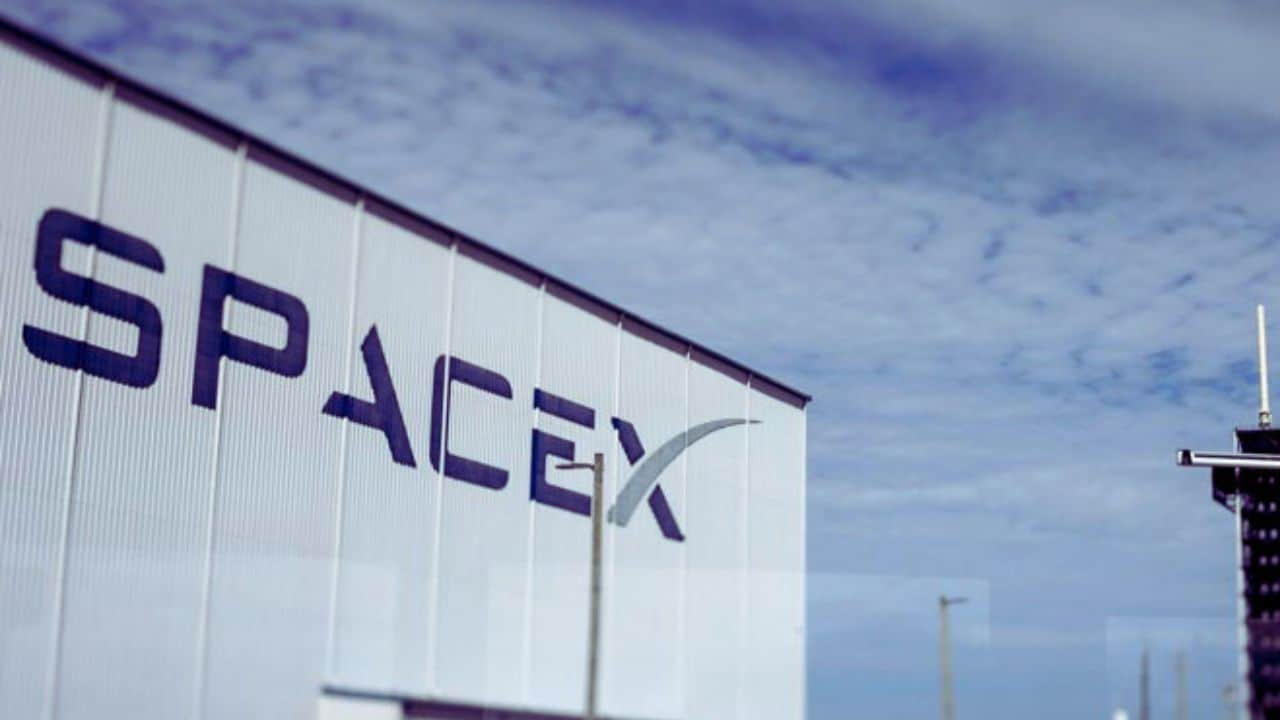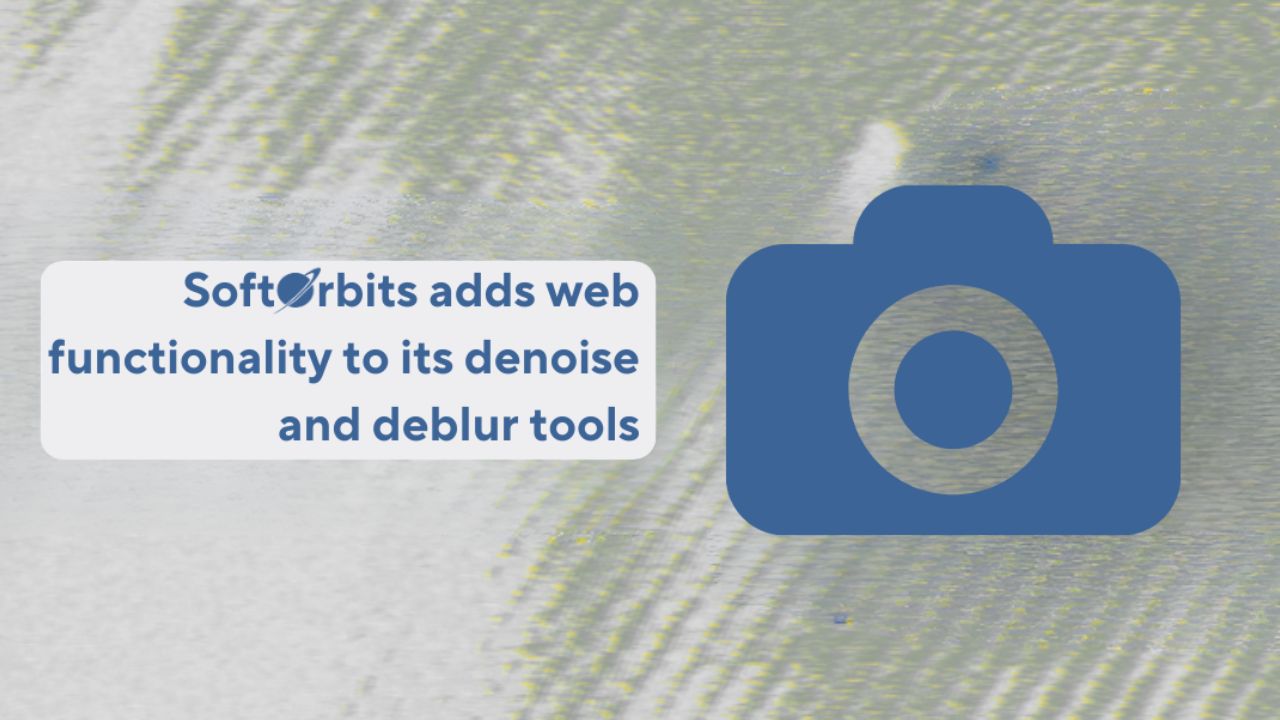A US billionaire is leading a groundbreaking mission to perform the first-ever private spacewalk, marking a significant milestone in the history of space exploration. Tech entrepreneur Jared Isaacman launched aboard a SpaceX Falcon 9 rocket from Florida on Tuesday, embarking on a five-day journey into space. The mission, called Polaris Dawn, will take the crew farther than any human has traveled since NASA’s Apollo program ended in the 1970s.
This mission is set to make headlines not only for the private spacewalk but also for its scientific experiments and advancements in space technology. The flight will reach an impressive altitude of 870 miles (1,400 kilometers) above Earth, placing the crew in the highest Earth orbit since the Apollo moon landings. The spacecraft they are traveling in, named Resilience, is designed to withstand the extreme conditions of deep space while offering the crew a comfortable living environment during their five-day stay in orbit.
Historic Private Spacewalk: A Major Milestone in Space Exploration
One of the key highlights of this mission is the private spacewalk scheduled for Thursday, which could last up to two hours. This spacewalk is not just a symbolic gesture but also a critical test of newly upgraded spacesuits designed for future missions. While spacewalks have traditionally been reserved for professional astronauts from government space agencies like NASA or the former Soviet Union’s space program, Isaacman’s mission will pave the way for private astronauts to conduct such activities. The success of this endeavor could have far-reaching implications for the future of private space exploration, making it more accessible and cost-effective.
The upgraded spacesuits being tested during this mission have been specifically designed to be more flexible and easier to use. Isaacman and SpaceX’s lead engineer Sarah Gillis will perform various body movements, such as twisting and bending, while keeping a hand or foot in contact with the spacecraft. The purpose of these tests is to ensure that the suits can accommodate astronauts of different shapes and sizes, thus expanding their usability for a wider range of future missions. Unlike previous spacewalks, which involved floating freely outside the spacecraft while attached by tethers or using jetpacks, this mission will keep the astronauts secured inside the capsule to prioritize safety.
Spacewalks have always been considered one of the most dangerous aspects of space travel. Since the first spacewalk by Soviet cosmonaut Alexei Leonov in 1965, space agencies around the world have carefully selected and trained astronauts for these high-risk activities. This mission marks the first time a privately funded spacewalk will take place, signaling a new era in space exploration where the private sector takes on more active and ambitious roles in human spaceflight.
Pushing the Boundaries of Private Space Travel: Farther Than Apollo
The Polaris Dawn mission is not just about testing spacesuits; it also aims to push the boundaries of private space travel by reaching new heights. The crew will orbit at an altitude of 870 miles (1,400 kilometers) above Earth, far higher than the International Space Station’s orbit of about 250 miles (400 kilometers). This altitude will allow the crew to gather valuable data on the effects of deep space on the human body and test new technologies for future long-duration missions to the Moon and Mars.
By traveling this far from Earth, the mission is setting a new precedent for private space ventures, which until recently were limited to shorter trips to lower Earth orbit (LEO). In addition to the spacewalk, the crew will be conducting up to 40 scientific experiments during their time in space. These experiments range from studying the health effects of space travel on the human body to testing cutting-edge communication technologies, including inter-satellite laser communication between the spacecraft and SpaceX’s Starlink satellite constellation. This technology could potentially revolutionize space communication, making it faster, more reliable, and capable of handling large amounts of data in real time.
The Starlink satellite network, which SpaceX is continuously expanding, is designed to provide high-speed internet access across the globe, particularly in remote and underserved areas. Testing this technology in deep space is crucial for ensuring that future missions, whether government or private, can stay connected to Earth no matter how far they travel. Success in this area could have significant implications not only for space exploration but also for improving communication infrastructure on Earth.
Meet the Crew: A Team of Experts and Space Enthusiasts
At the center of this mission is Jared Isaacman, a self-made billionaire and the CEO of Shift4 Payments, a leading credit card processing company. Isaacman has long been passionate about space and aviation, and his involvement in private space travel goes beyond mere interest. He is also an accomplished pilot, having flown fighter jets and various other aircraft. In 2021, he made headlines as the commander of Inspiration4, the first all-civilian spaceflight mission that raised hundreds of millions of dollars for St. Jude Children’s Research Hospital. His experience in spaceflight and his leadership skills make him the ideal commander for the Polaris Dawn mission.
Joining Isaacman on this mission are two SpaceX engineers and a former United States Air Force pilot, all of whom bring unique expertise to the team. Sarah Gillis, a lead space operations engineer at SpaceX, has been instrumental in training astronauts for SpaceX missions, making her an invaluable member of the crew. Alongside Gillis is Anna Menon, another SpaceX engineer with extensive experience in space operations. Both engineers have spent years working on the development of SpaceX’s human spaceflight program, making them well-prepared for this mission.
Also aboard is Scott “Kidd” Poteet, a retired Air Force pilot who has flown numerous combat missions and has extensive experience in aviation and aerospace. Poteet’s military background adds an extra layer of expertise to the crew, particularly in managing the challenges and risks associated with space travel.
Isaacman has been open about his motivation for these missions, expressing a desire to push the boundaries of human spaceflight and inspire future generations to dream big. “I wasn’t alive when humans walked on the moon. I’d certainly like my kids to see humans walking on the moon and Mars, and venturing out and exploring our solar system,” the 41-year-old entrepreneur said before the launch.
Mission Goals: From Charitable Causes to Scientific Discovery
This mission is the first of three trips that Isaacman purchased from SpaceX as part of the Polaris program, an ambitious initiative aimed at advancing human space exploration. His previous mission, Inspiration4, not only made history as the first all-civilian spaceflight but also raised millions for St. Jude Children’s Research Hospital, a leading pediatric cancer center in the United States. Isaacman has indicated that charitable causes will continue to be a central focus of his space ventures, with proceeds from future missions likely supporting various philanthropic efforts.
In addition to testing new technologies and conducting scientific research, Polaris Dawn will contribute valuable data that could help shape the future of human space exploration. The mission’s experiments will cover a wide range of topics, from space medicine to advanced propulsion systems, all of which are critical for future missions to the Moon, Mars, and beyond.
Isaacman’s vision aligns with the broader goals of SpaceX, whose founder, Elon Musk, has made it clear that he sees private spaceflight as the future of human exploration. SpaceX has already played a pivotal role in reducing the cost of space travel through innovations like reusable rockets, and missions like Polaris Dawn further solidify its position as a leader in the space industry. As William Gerstenmaier, SpaceX’s vice president of mission operations, put it, “We’re really starting to push the frontiers with the private sector.”
Celebrating a Safe Launch and Looking Forward to the Future
The excitement surrounding this mission was palpable, as SpaceX’s Launch Director Frank Messina radioed the crew after they successfully reached orbit. “We’re sending you hugs from the ground,” he said, adding, “May you make history and come home safely.” In response, Isaacman thanked the thousands of SpaceX employees who contributed to the success of the mission. “We wouldn’t be on this journey without all 14,000 of you back at SpaceX and everyone else cheering us on,” he said.
As the Polaris Dawn mission unfolds, it will serve as a critical testbed for technologies and strategies that could define the future of space travel. With more private missions on the horizon and the possibility of regular spaceflights becoming a reality, the success of this mission could open the door to a new era of exploration, where ordinary people—not just government-trained astronauts—have the chance to venture into space.
Billionaire Space Travel: Bold New Horizons or Excessive Indulgence?
While some critics argue that billionaires are using their wealth to buy their way into space history, missions like Polaris Dawn highlight the potential benefits of private investment in space exploration. Isaacman’s role as commander, coupled with his previous experience in spaceflight, sets him apart from other amateur astronauts. As space travel becomes more commercialized, private individuals like Isaacman are playing increasingly prominent roles in advancing human exploration.
Isaacman has defended his space ventures, stating that they are about much more than personal achievement. His commitment to philanthropy, scientific research, and pushing the boundaries of technology demonstrates the broader impact that private space travel can have on society.
As the space industry continues to evolve, missions like Polaris Dawn will serve as stepping stones toward a future where space travel is not just for professional astronauts, but for anyone with the curiosity and determination to explore the final frontier.





































